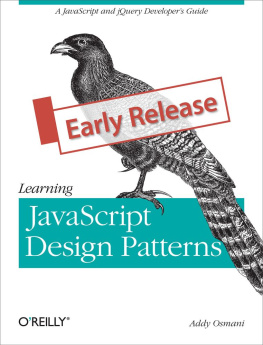Callum Macrae - Learning from jQuery
Here you can read online Callum Macrae - Learning from jQuery full text of the book (entire story) in english for free. Download pdf and epub, get meaning, cover and reviews about this ebook. year: 2013, publisher: OReilly Media, genre: Computer. Description of the work, (preface) as well as reviews are available. Best literature library LitArk.com created for fans of good reading and offers a wide selection of genres:
Romance novel
Science fiction
Adventure
Detective
Science
History
Home and family
Prose
Art
Politics
Computer
Non-fiction
Religion
Business
Children
Humor
Choose a favorite category and find really read worthwhile books. Enjoy immersion in the world of imagination, feel the emotions of the characters or learn something new for yourself, make an fascinating discovery.
- Book:Learning from jQuery
- Author:
- Publisher:OReilly Media
- Genre:
- Year:2013
- Rating:5 / 5
- Favourites:Add to favourites
- Your mark:
Learning from jQuery: summary, description and annotation
We offer to read an annotation, description, summary or preface (depends on what the author of the book "Learning from jQuery" wrote himself). If you haven't found the necessary information about the book — write in the comments, we will try to find it.
This book explores event handling, prototypes, and working with the DOM and AJAX through examples and lots of code. Youll learn common conventions and patterns in javascript andif youve never coded with javascript beforea tutorial will take you through the basics.
Enhance your jQuery code by using object constructors and prototypes
Reduce overhead and gain more control by handling events with javascript
Work with the DOM much faster with javascript than you can with jQuery
Send a few AJAX requests without having to load the entire jQuery library
Understand the importance of javascript code standards, comments, code reuse, and anti-patterns
Enlist javascript resources, such as a good IDE, a syntax checker, and version control
Callum Macrae: author's other books
Who wrote Learning from jQuery? Find out the surname, the name of the author of the book and a list of all author's works by series.


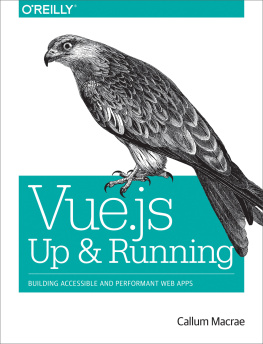
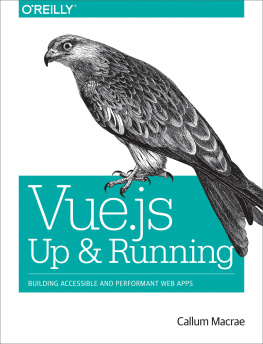
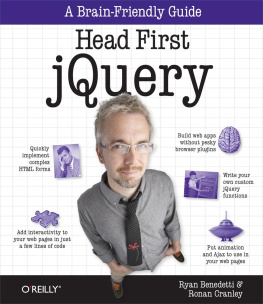
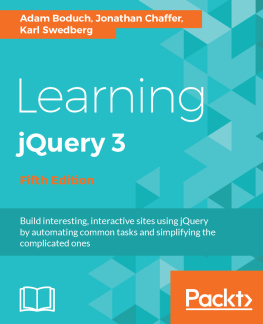

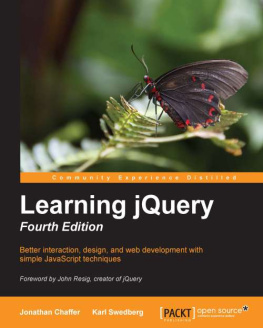
![Jon Duckett [Jon Duckett] - JavaScript and JQuery: Interactive Front-End Web Development](/uploads/posts/book/120511/thumbs/jon-duckett-jon-duckett-javascript-and-jquery.jpg)

